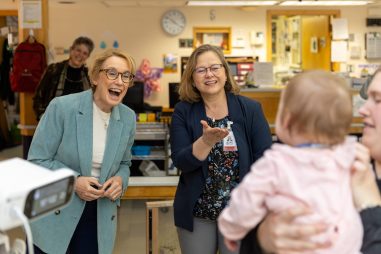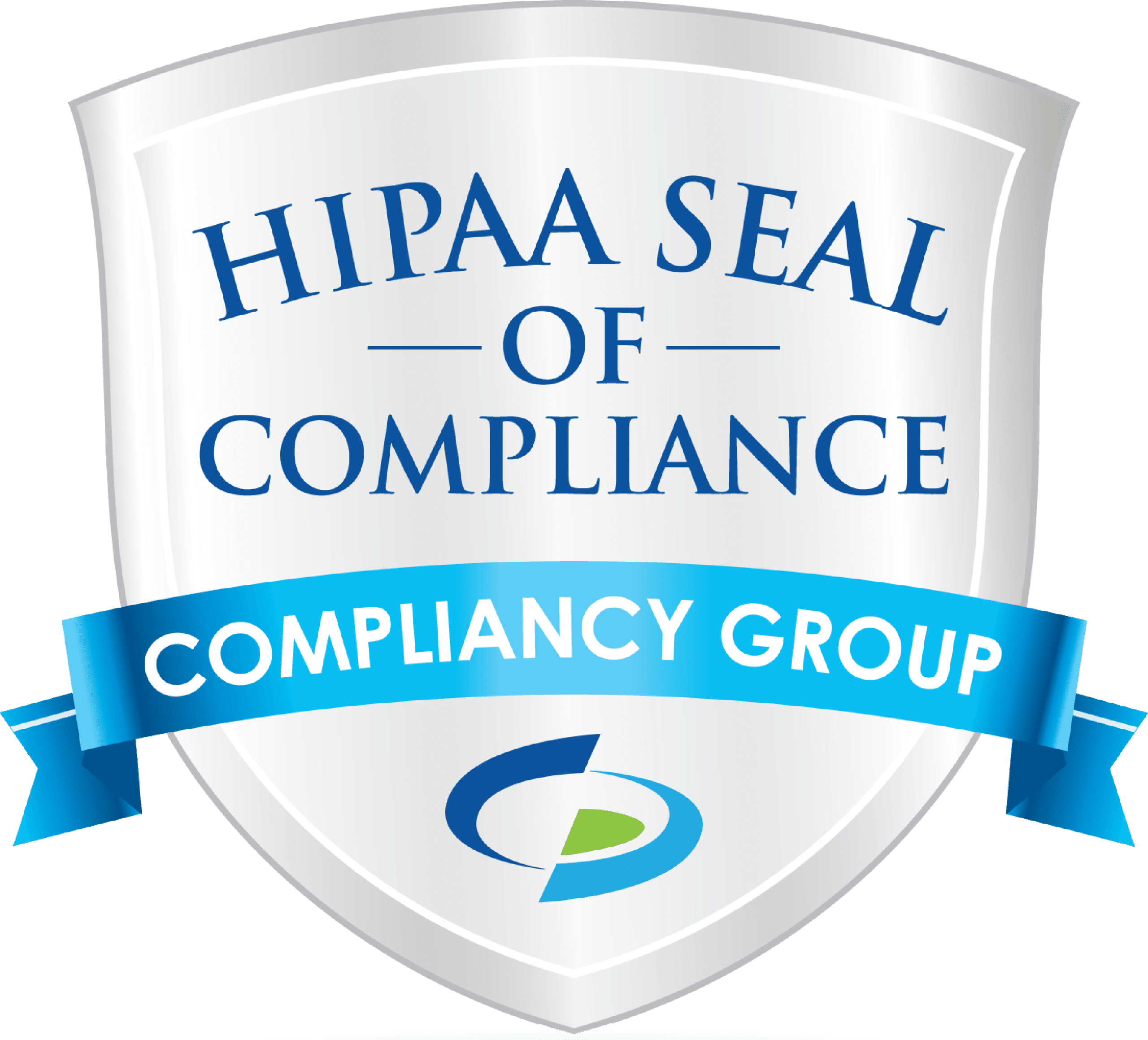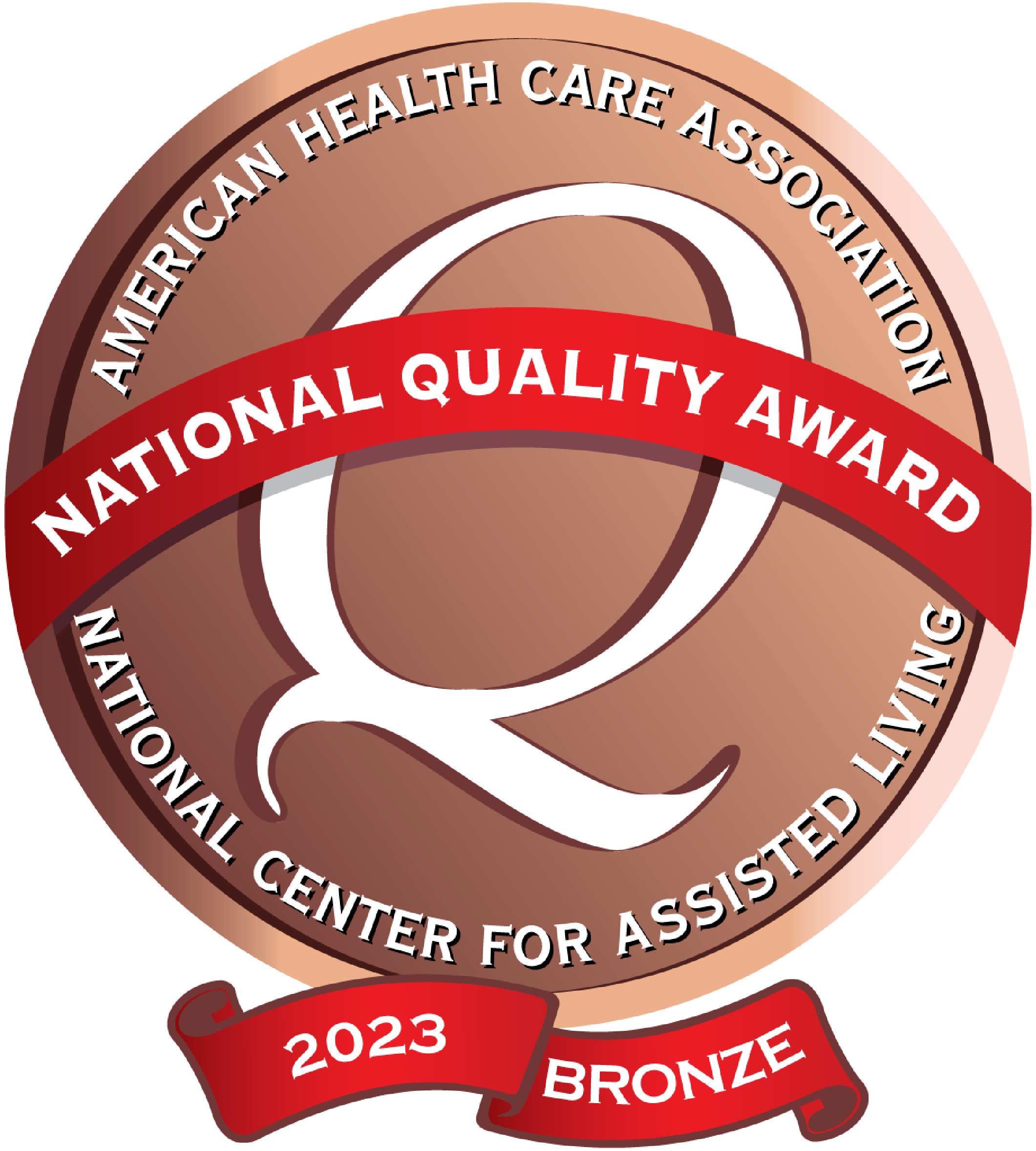These days, we all tend to take technology for granted. Cell phones and home computers are nearly universal symbols of how deeply technology is embedded in our lives – and newer technologies keep coming. Daily we are bombarded by advertising for Bluetooth, Blackberry, iPhone, Kindle, iPad, TiVo, 4G networks, OnDemand, and more. As much as we love and rely on our high-tech devices, aren’t there moments when nearly everyone wonders whether all that technology has really improved the quality of our lives and the lives of our children?
Yet, for children with complex medical and developmental needs at Cedarcrest Center, technology is a critical part of daily life – critical to learning, communicating, moving, feeding, and, sometimes, breathing.
Advances in medicine and medical technology over the past several decades have enabled thousands of children to survive extreme prematurity, hypoxic and traumatic brain injury, neurological disorders, chronic diseases, and compromised respiratory and digestive systems. The children in our care at Cedarcrest Center all require 24-hour nursing care, and many depend on high-tech medical support. But because of advances in technology, today’s medical equipment is more compact and often portable, making it possible for a child who may depend on an oxygen concentrator, a feeding pump, a ventilator or other device to participate in a full-range of school and community activities.
The phenomenal advances in computer and engineering technology in the past 25 years have provided tools for sensory enrichment, mobility and communication for children with significant developmental needs that were beyond our imaginations a generation or two ago.
Technology has impacted communication as well. Many of the children we care for at Cedarcrest Center do not use spoken language to communicate. Switches, interactive software programs, touch-screen computer monitors, and the
like, facilitate their efforts to express preferences, explore cause and effect, and develop social skills. Children with neuro-muscular or other coordination challenges may use augmentative devices like TOBII Eye-Gaze technology or the DynaVox communicator.
A wide range of customized wheelchairs, Pacer gait trainers, strollers, adaptive tricycles, walkers, and standers enable children who have mobility issues to move with greater independence and be positioned for greater comfort as they develop a sense of personal autonomy.
The power of computerization has also made the care of children with complex medical and developmental needs more efficient and more effective. Our care management system, with its touch-screen kiosks and mobile computerized medication cart enables our nursing and direct care staff to chart vital statistics, treatment medication administration, nutrition information, and daily activity in real time and wherever the children are throughout the Center. Coupled with wireless technology, our care management system enables us to know with certainty that children’s medical records are always up-to-date.
The future holds exciting opportunities for further integration of technology into the exceptional medical care and education we provide here at Cedarcrest Center, particularly instructional technology, multi-sensory stimulation, and use of “virtual reality” in recreation and enrichment. Some of those opportunities are upon us now, some await funding, and some require additional research on their effectiveness. As we venture further into a high-tech world, our top priority is to provide the children we care for every opportunity to learn and develop while retaining the high-touch care that is our hallmark.

![1[1] 1[1]](https://cedarcrestcenter.org/wp-content/uploads/elementor/thumbs/11-r73xhxgo4fk76hwa1adhz11t546osg0xyoi8s2lpdi.png)



